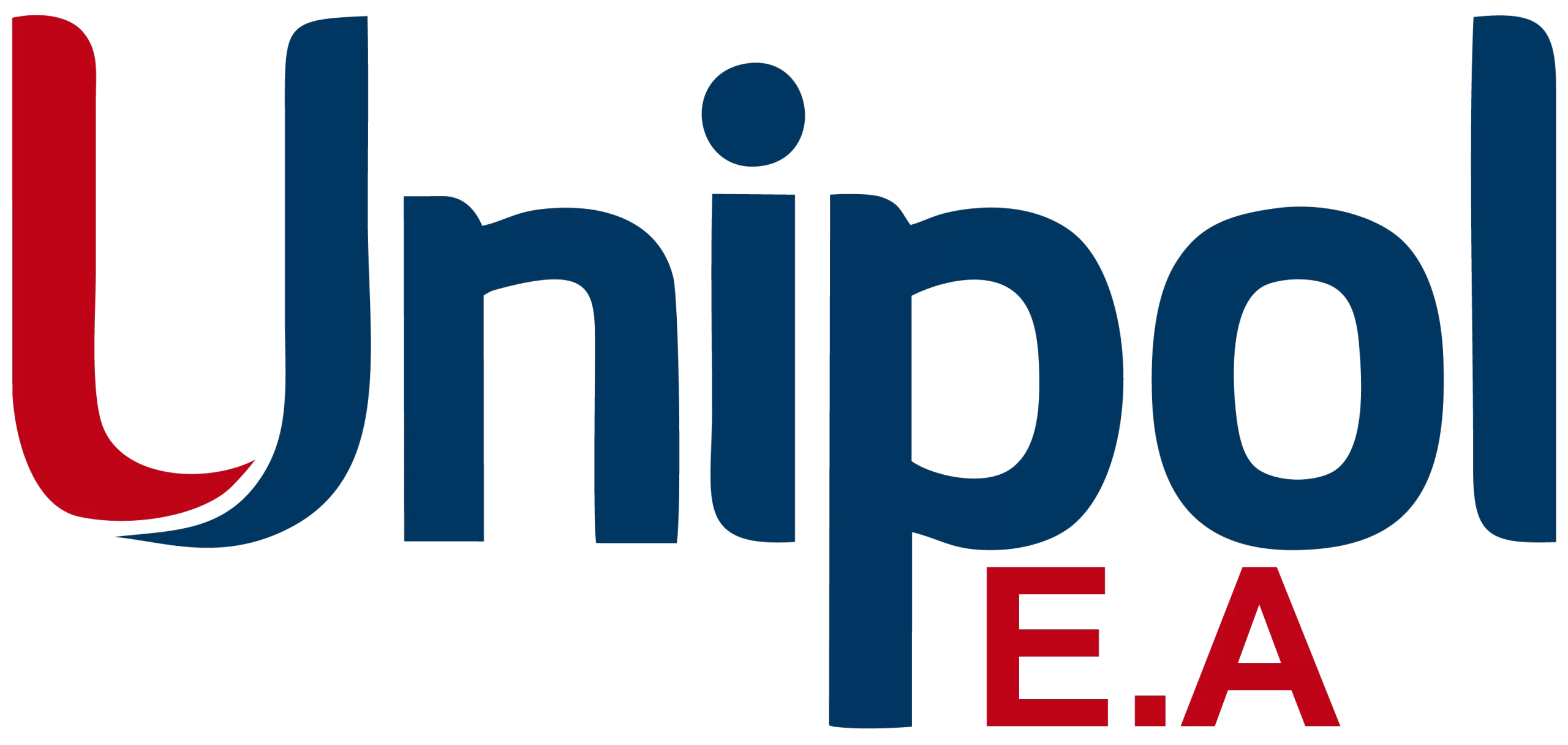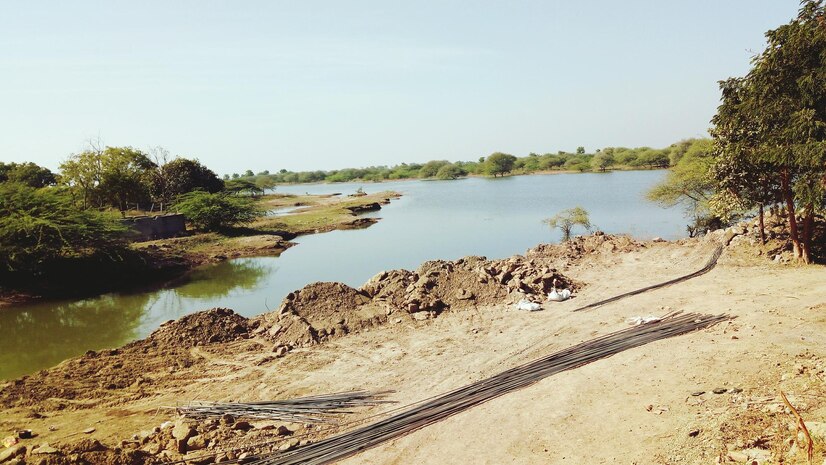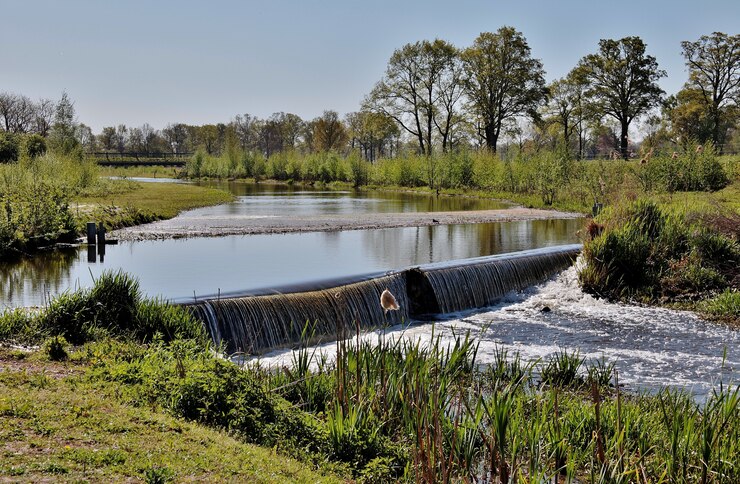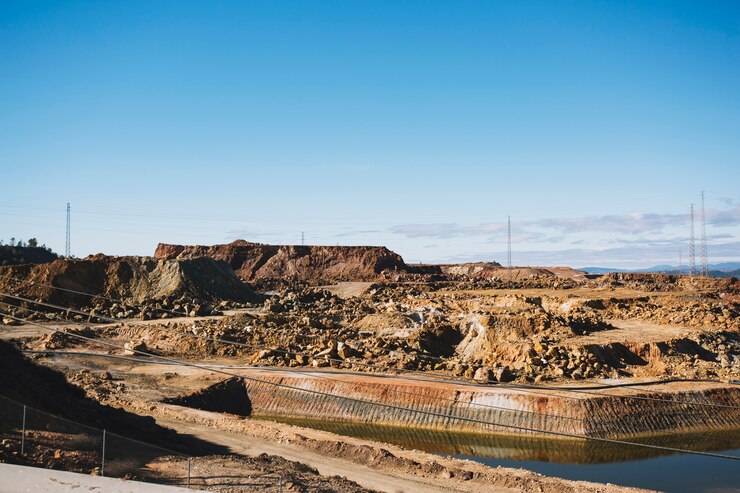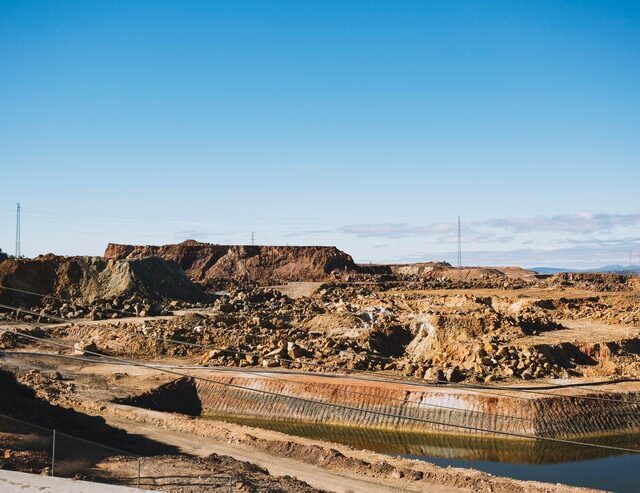Scope of Work:
- Survey and Planning: Before any construction begins, a detailed survey of the area is carried out to assess the landscape, existing utilities, and potential challenges (e.g., proximity to the river). Proper planning ensures that the sewer line will meet environmental, safety, and regulatory standards.
- Excavation: A trench will be excavated along the designated route of the sewer line. This trench needs to be deep and wide enough to accommodate the pipes and allow for proper installation. Special care must be taken when working near the river to avoid erosion, water pollution, or disruption of river banks.
- Pipe Installation: The sewer line will typically use durable materials such as PVC, HDPE, or concrete pipes, which are resistant to corrosion and can withstand the pressure of wastewater. Pipes are laid in the trench with a slight slope to ensure gravity-driven flow of wastewater. Depending on the size of the area, the pipes may range from small diameter ones for residential use to larger pipes for commercial or industrial areas.
- Manholes and Access Points: Manholes will be installed at regular intervals along the sewer line to allow for maintenance, inspection, and repairs. These manholes ensure that the system remains functional and provides easy access for workers if blockages or issues arise.
- Wastewater Testing: After installation, the sewer line will be tested to ensure it is sealed properly, free from leaks, and capable of handling the required volume of wastewater.
Materials and Equipment:
- Pipes: Materials for the sewer line might include PVC, HDPE, or concrete pipes, depending on the size of the system and local conditions. These materials are resistant to corrosion and can handle the necessary wastewater pressures.
- Excavation and Lifting Equipment: Large excavators, backhoes, and cranes will be needed for digging the trench and lifting heavy pipes into place.
- Specialized Tools: Tools for welding or fusing pipe sections (if using plastic pipes) or sealing joints for concrete pipes will be required to ensure secure connections.
- Silt Barriers and Erosion Control: Since the work is near a river, erosion control systems, such as silt fences, will help protect the surrounding environment from sediment runoff during construction.
Post-Construction:
- Backfilling: After the sewer line is installed and tested, the trench will be backfilled with soil to restore the area. This will be done in layers, with compaction to ensure stability and prevent future subsidence.
- Restoration of Riverbank: The riverbank will be restored to its original state or reinforced if necessary, using vegetation or protective barriers to avoid erosion.
- Ongoing Maintenance: After the sewer line is operational, routine inspections and maintenance will be necessary to ensure the system continues to function well, particularly in flood-prone areas.
- Location
- River Bank
- Year
- 2023
- Technology
- Advance
- Service
- Sewerage Works
